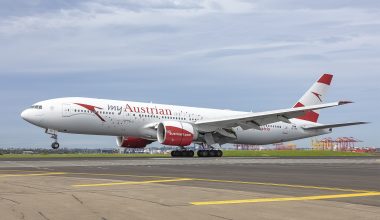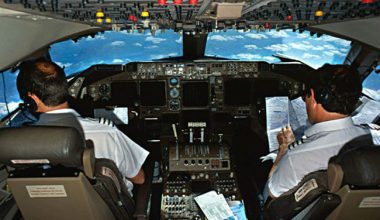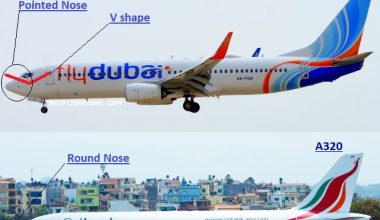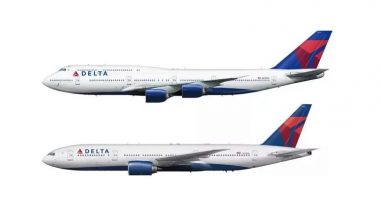Pushback is a procedure that results in an aircraft being pushed back from the airport gate by external power, usually provided by push-back tractors or air tugs. This is usually the second part of the ‘Taxi In Push Out’ (TIPO) procedure. Occasionally, a pushback may need to be followed by an engine-running pull forward to a position where local procedures allow aircraft to move forward under their own power, but usually, the ground vehicle disconnection will occur after the pushback is completed.

Read More
Pushback procedure
Once the captain of the aircraft has given his confirmation of the release of the brakes to the person in charge of the ground crew who are to carry out the pushback, the ground crew shall be temporarily responsible for the safe handling of the aircraft, either in accordance with the established standard procedures or as specifically agreed in advance.
If the technique does not take place outside the movement is controlled by the ATC, an RTF clearance will be required to carry it out.
The ‘traditional’ method of letting the ground vehicle to move the aircraft is to be attached to the aircraft nose landing gear by means of a towbar. The same towbar attachment and the ground vehicle can also be used for Aircraft Towing in the forward direction.
The responsibilities of the ground crew performing a pushback include making sure that no part of the aircraft structure is impacted by any solid object or other aircraft. The pushback crew may vary depending on the size of the aircraft, but in most cases it will be at least 3 . Communication between the ground crew supervisor and the aircraft is usually through a plug in to the ground intercom circuit of the aircraft.
Once the pushback is completed, the towbar is disconnected and any bypass pin is removed. The ground handler will show the bypass pin to the pilots to make it clear that it was removed. The pushback is then complete, and the aircraft can move forward under its own power.
Reverse Thrust or Powerback Pushback
Thrust Reversal, known in the majority as reverse thrust, is projected in the opposite way and is used after landing, in the case of rejected departures or, in some cases, in flight, to decelerate the aircraft. Pushback is used by aircraft to move backward on the ground using the power of their engines along with the reverse thrust of the aircraft. In the 1980s, many aircraft with rear-mounted engines, such as DC-9s, Boeing 727s, and MD-80s, used power backs to reduce the number of ground personnel required.

Turboprop-powered aircraft such as ATR, Twin Otter, Cessna, Beechcraft, Q400, etc. can push them backward by reversing the airflow from the propeller blades which is also called power back pushback.
Modern turboprop aircraft come with variable-pitch propellers. These prop blades can change their pitch angle according to the requirements. When the power lever is pulled back to the Reverse zone, it will cause the propeller to move back to the Reverse Pitch. It will cause the air to flow forward, thus pushing the aircraft backwards. So why does jet engine plane do not use the powerback pushback.

Need to maintain the fuel
Using reverse thrust for pushback, it consumes a lot of fuel. Aviation fuels are very expensive. It will therefore become more expensive for the airline itself. Airlines therefore discontinued this practice in order to reduce costs and conserve fuel.
Causes more wear and tear
Since the engines were used for pushback, other than normal operation, they would cause more wear and tear in the engine parts, thus reducing the operating life of the engine.
More Maintenance Costs
Generally, the engine that will operate more will require more maintenance to check the wear and tear of the engine parts. This will add to the maintenance cost of the operating airline. This practice has therefore been discontinued.

No back view
Unlike our cars, aircraft don’t have rear-view mirrors to look backwards while using the Reverse Thrust (a procedure referred to as a powerback) pushback method. This is causing serious accidents.
Injuries to the Ground Staff
The powerful jet blast created during the reverse thrust can throw the ground personnel at his feet. In order to avoid such events, the reverse thrust (a procedure referred to as a powerback) procedure has been discontinued.
Damage to the engine of the aircraft
The powerful jet blast can throw ground equipment and debris into the engine intake. This will cause serious engine damage and ultimately lead to engine failure.
Damage to the terminal at the airport
The jet blast from the engine’s thrust reversers can throw anything away and hurl it toward the terminal. Thus, the terminal of the airport can be damaged








